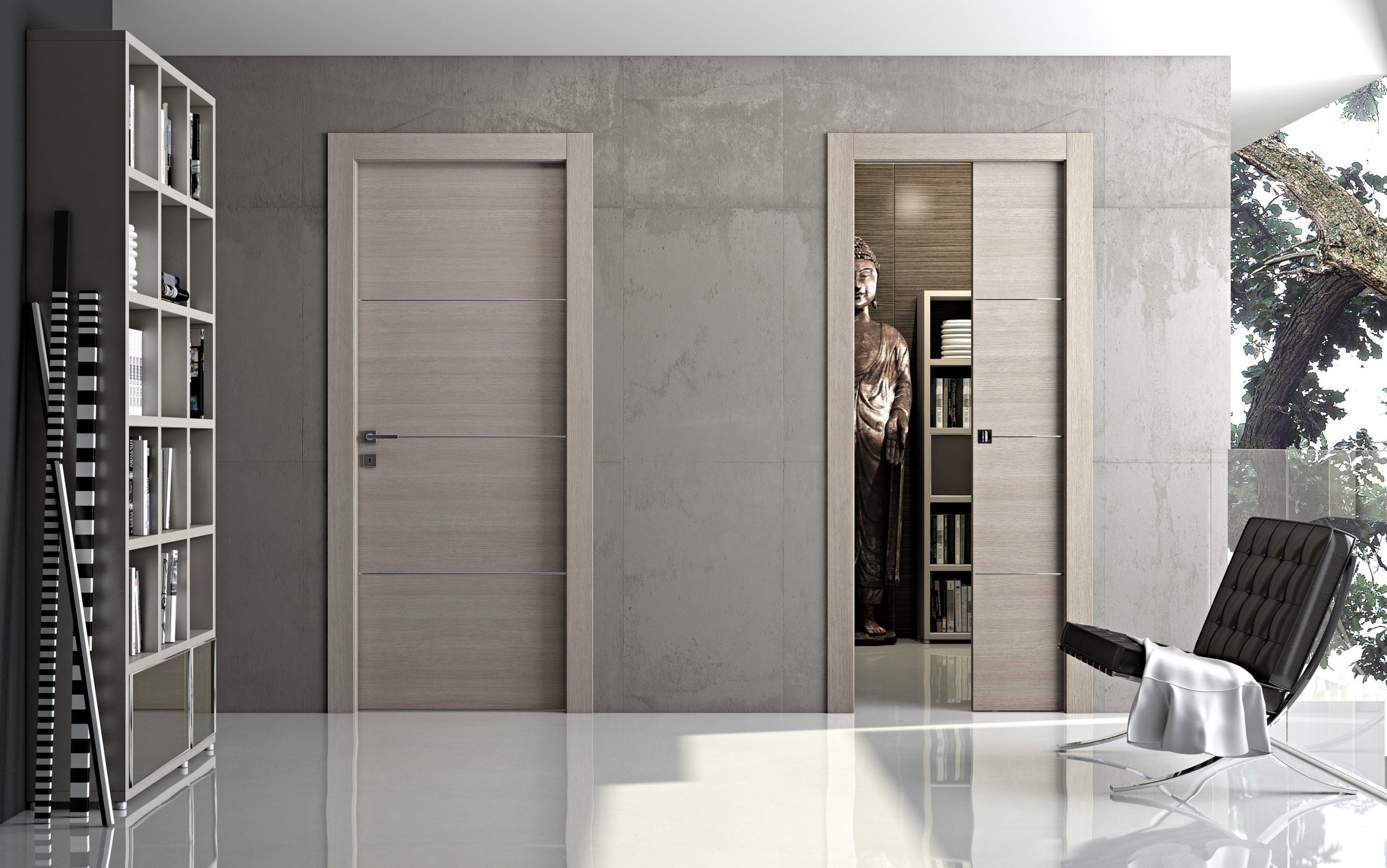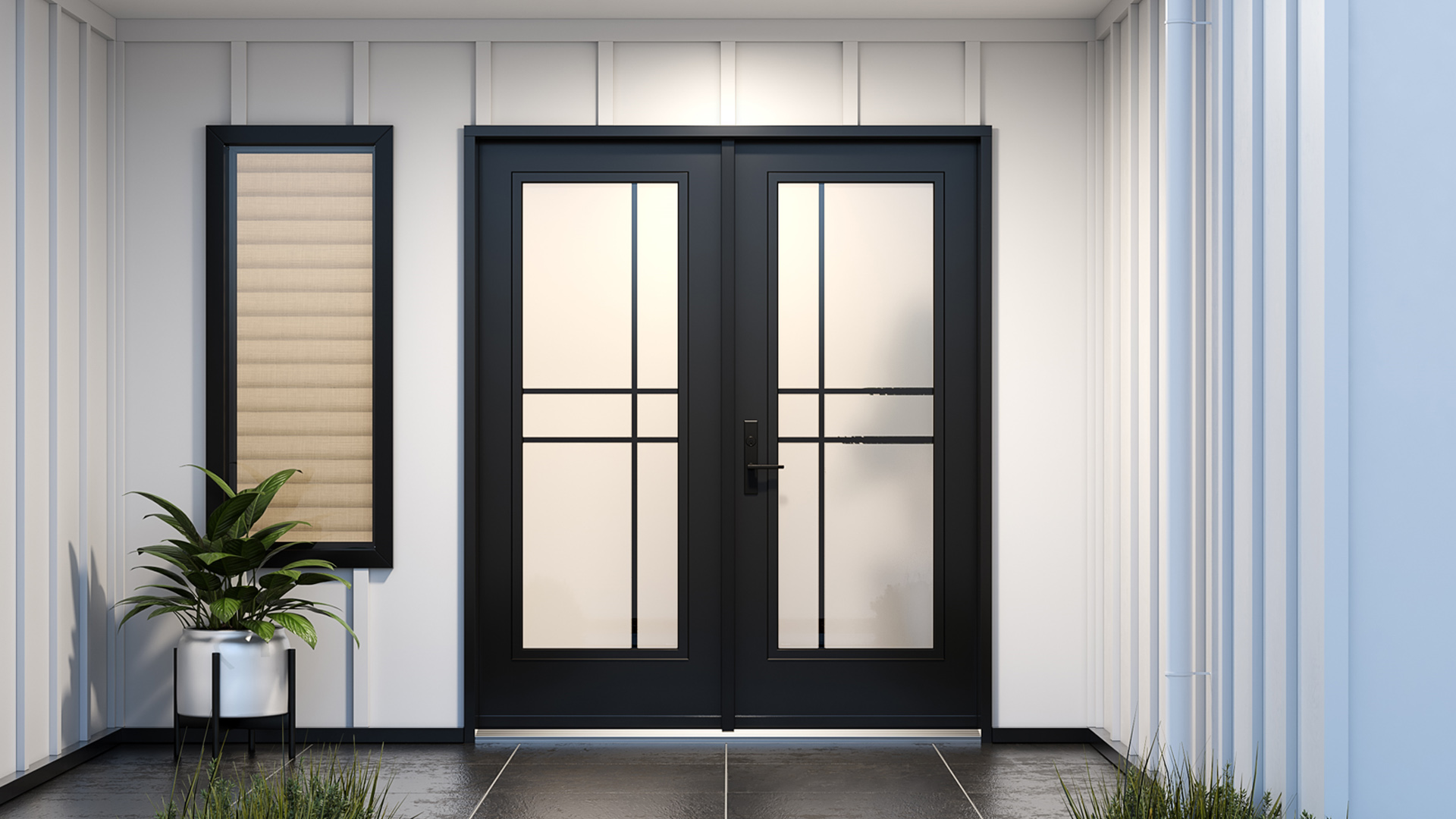Which type of door is typically used for residential entrance doors?
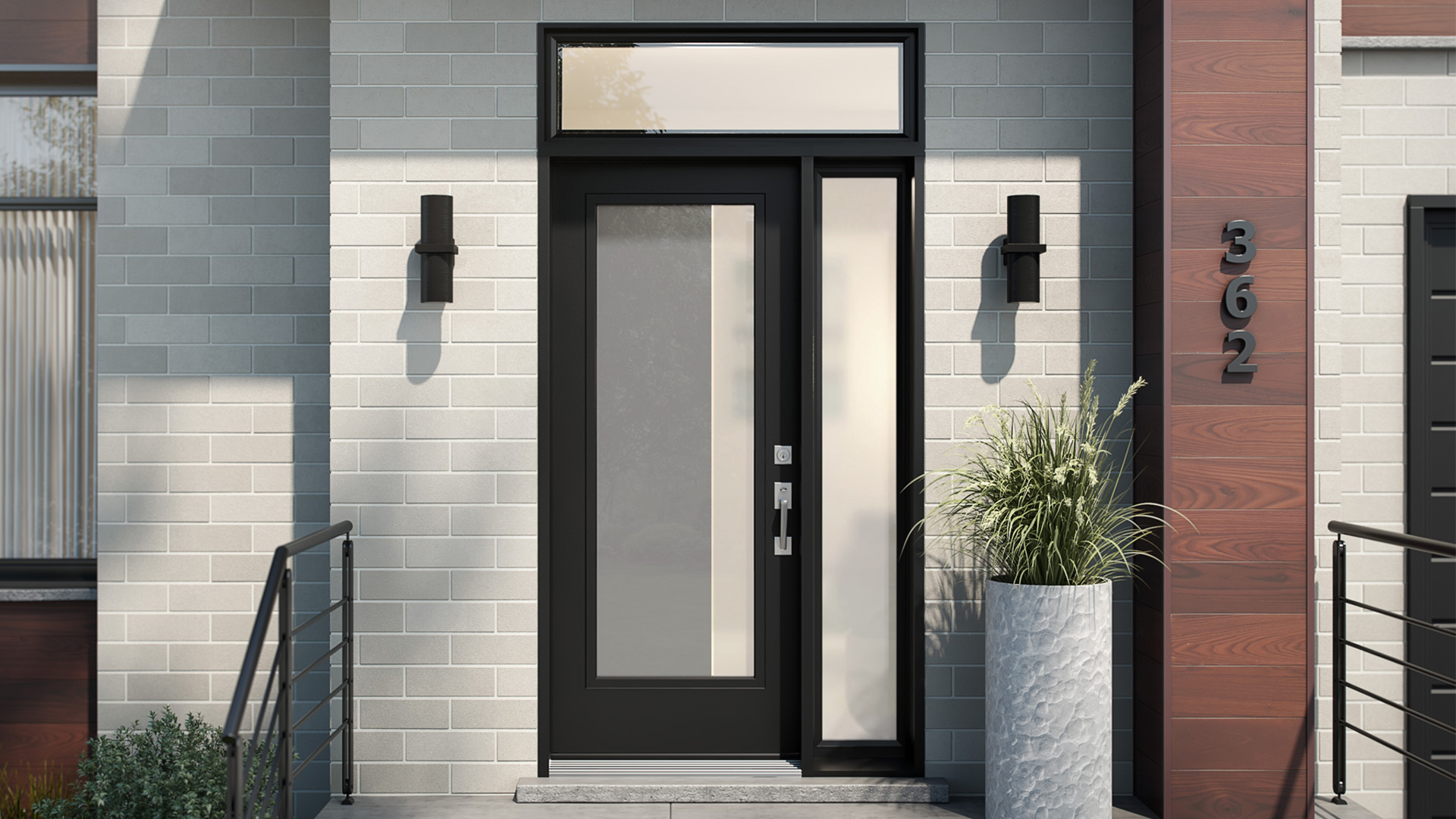
Introduction to Residential Entrance Door
Your home’s entrance door is more than just a way to get inside—it’s the first impression visitors get of your home. A residential entrance door sets the tone for your entire property. It’s not just about aesthetics; the right door can add value, improve security, and boost energy efficiency. Choosing the right entrance door is essential because it directly impacts the overall look and feel of your home.
Why Choosing the Right Entrance Door Matters?
The entrance door is the focal point of your home’s exterior. It’s the first thing people notice when they approach your property, and it can say a lot about your taste and style. But it’s not just about looks. The right entrance door can enhance security, improve insulation, and even save on energy costs. In some cases, choosing the wrong door can lead to issues like drafts, high energy bills, or even security risks. By selecting the right material and design for your residential entrance door, you’re investing in a more secure, energy-efficient, and visually appealing home.
Security is a key reason why you should choose the right entrance door. A sturdy door with proper locking mechanisms provides peace of mind, keeping unwanted guests out and protecting your family and belongings. Whether you prefer the traditional look of a wooden door or the sleek, modern feel of a steel or cast aluminum door, each type offers different levels of protection.
Energy efficiency is another reason why selecting the right entrance door matters. Homes with well-insulated doors maintain a comfortable indoor temperature year-round, preventing heat loss in the winter and heat gain in the summer. This means lower utility bills and a more comfortable living environment.
Lastly, the style of your entrance door can significantly influence the curb appeal of your home. Whether you’re building a new home or updating an existing one, a well-chosen entrance door can complement the architectural style and make your home stand out.
Factors to Consider When Selecting a Door
When it comes to selecting the perfect entrance door, several factors should guide your decision. These include security, material, design, energy efficiency, and maintenance requirements. Here’s a closer look at what to consider:
1. Security Features:
Your entrance door should provide reliable security. Look for doors made of sturdy materials, such as steel or solid wood, and ensure they come with high-quality locking systems. For added peace of mind, some modern doors come with built-in smart locks or security features, making them even more secure.
2. Material Choice:
The material of your entrance door plays a significant role in its durability, insulation, and overall look. Popular materials include:
- Wood: Classic and traditional, wooden doors offer a timeless appeal. However, they can require more maintenance to prevent weathering.
- Steel: Known for its strength and security, steel doors are a great option if you prioritize safety.
- Cast Aluminum: These doors are durable, corrosion-resistant, and lightweight, making them an excellent choice for homeowners who want both strength and style.
3. Energy Efficiency:
An energy-efficient door will help you maintain a comfortable indoor temperature without putting too much strain on your HVAC system. Look for doors with good insulation, such as cast aluminum or foam-filled steel doors. These materials are excellent at preventing heat transfer, which can save you money on energy bills.
4. Design and Aesthetics:
Your entrance door should reflect the overall style of your home. Whether you prefer a sleek, modern design with clean lines or a more traditional, rustic look, there are plenty of options to choose from. Additionally, consider custom designs or decorative accents such as glass inserts, sidelights, or transoms to enhance the door’s appearance.
5. Maintenance and Durability:
Think about how much time you’re willing to spend on maintenance. Some materials, like wood, require regular upkeep, including painting and sealing, while others, like steel and cast aluminum, need less attention. Choose a door that fits your lifestyle and maintenance preferences.
6. Budget:
Finally, set a realistic budget. Entrance doors come in a wide range of prices, from budget-friendly options to high-end custom designs. While it’s tempting to go for the cheapest option, remember that investing in a quality door will save you money in the long run through improved energy efficiency and security.
Summary
In summary, selecting the right entrance door involves more than just picking a style you like. Consider the door’s security features, material, energy efficiency, and maintenance requirements. With these factors in mind, you’ll find the perfect entrance door that enhances both the functionality and beauty of your home.
Different Types of Residential Entrance Door
When choosing an entrance door for your home, it’s essential to consider the material that suits your needs, lifestyle, and the overall aesthetic of your property. Each type of residential entrance door offers unique benefits, from enhanced security to timeless beauty. Here, we’ll look at three popular types of entrance doors: wooden, steel, and cast aluminum.
Wooden Entrance Door

Wooden entrance doors are a classic choice, adding a touch of warmth and elegance to any home. They offer a natural beauty that other materials can’t replicate. Wood is highly customizable, allowing homeowners to choose from a variety of styles, finishes, and stains to complement their home’s design. Whether you prefer a traditional look or something more modern, wooden doors can be tailored to your specifications.
In addition to their aesthetic appeal, wooden doors provide excellent insulation, helping to keep your home warm in the winter and cool in the summer. However, they do require regular maintenance, such as sealing and refinishing, to maintain their appearance and durability over time.
Steel Entrance Door
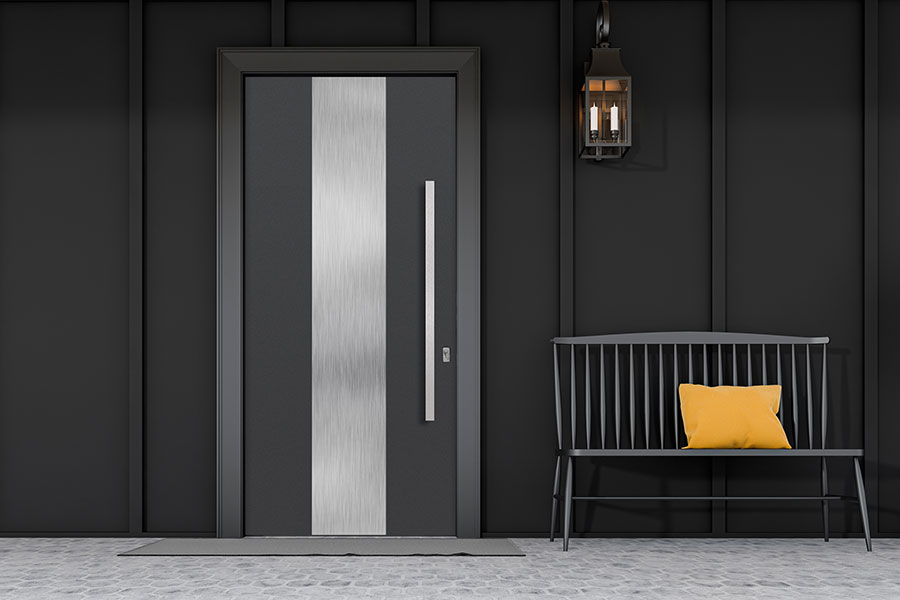
Steel entrance doors are known for their strength and security. If you’re looking for a door that offers maximum protection, a steel entrance door is a great option. These doors are highly resistant to forced entry, making them an ideal choice for homeowners concerned about safety.
Steel doors also offer good insulation properties, keeping your home comfortable in various weather conditions. Many steel doors are coated with protective finishes that help prevent rust and corrosion, ensuring they remain in top condition for years. While steel doors may not offer the same natural warmth as wood, they are a practical choice for those prioritizing security and durability.
Cast Aluminum Entrance Door

Cast aluminum entrance doors combine the best of both worlds: durability and aesthetic appeal. Known for their lightweight yet strong construction, these doors are resistant to rust, making them ideal for homes in areas with high humidity or coastal climates.
Aluminum doors can be easily molded into various designs, offering a modern and sleek look. They can also be finished in a variety of colors and textures to suit your style preferences. While aluminum doors may not provide as much insulation as wood or steel, they are a low-maintenance option that requires little upkeep compared to wood.
What’s the Best Material for Your Climate?
When choosing the perfect entrance door for your home, the climate where you live plays a major role in determining which material is best suited for you. Different weather conditions require different considerations, such as insulation, moisture resistance, and UV protection. Let’s explore how to choose the best entrance door material based on the climate in which you live.
Cold Climates – Insulation Matters
In cold climates, insulation is key. A well-insulated entrance door helps to keep your home warm by preventing heat loss and minimizing drafts. This is especially important during the winter months when energy efficiency is crucial for keeping your heating costs low. Wooden and steel entrance doors are two excellent options for cold climates because they can be designed with insulating features.
Wooden entrance doors, especially those with a solid core, are naturally good at insulating. They help keep the cold out and the warmth in. Steel doors can also come with insulation, often in the form of a foam core, which provides added protection against the cold. Look for steel doors with a high energy rating, as they can keep your home more comfortable during extreme weather.
Both materials can also be equipped with weatherstripping and double-glazing options for even better insulation. Choosing the right door in cold climates is essential to maintaining a cozy home.
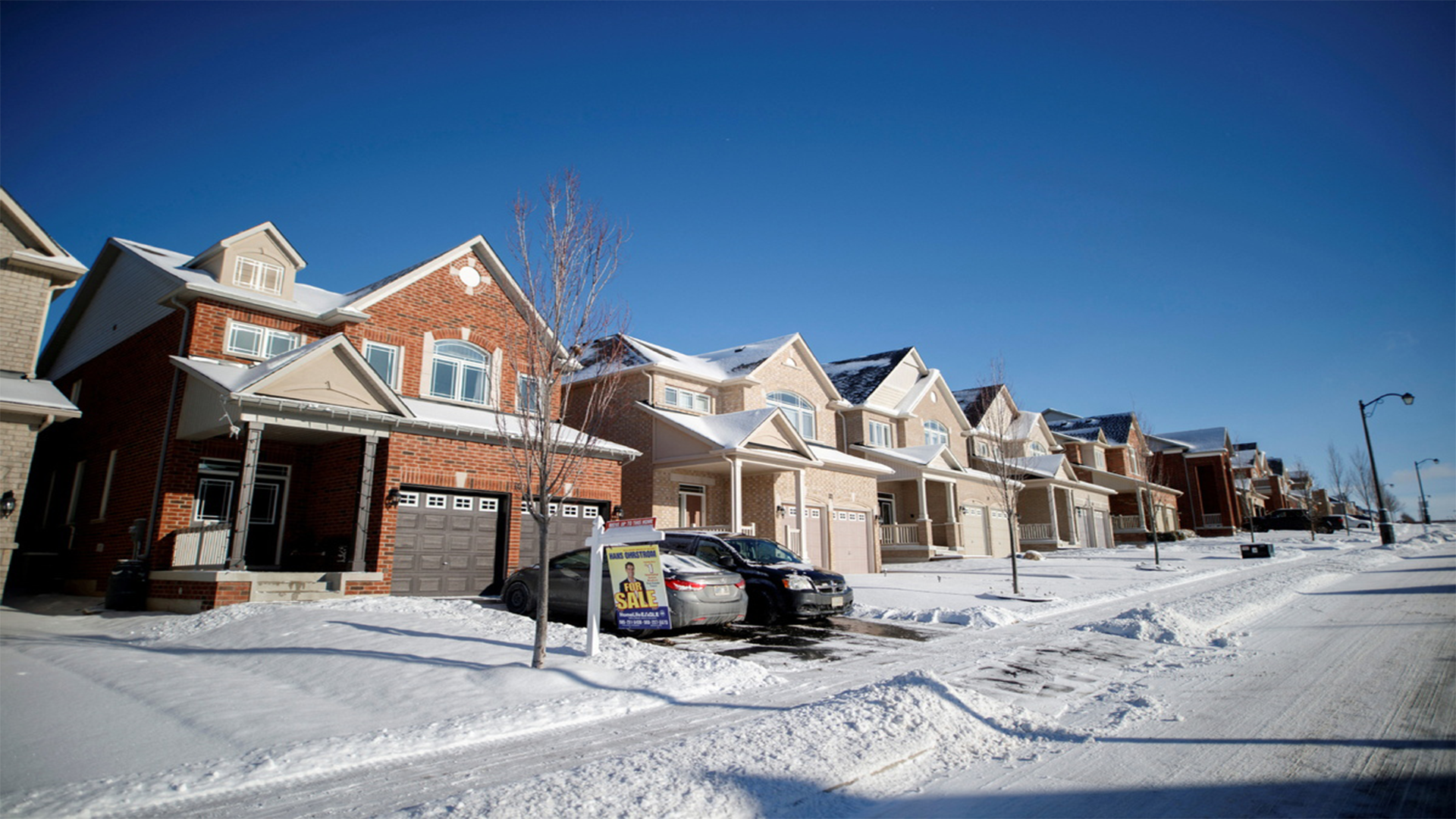
Humid or Coastal Areas – Rust and Rot Resistance
In areas with high humidity or those near the coast, moisture can be a significant concern. The salty air from the ocean and the humidity in the air can cause materials like steel to rust and wood to rot. Therefore, it’s essential to choose an entrance door material that is resistant to rust and rot.
For homes in these areas, a cast aluminum entrance door is a fantastic option. Aluminum does not rust, making it perfect for coastal regions. It also resists corrosion from saltwater and humidity, ensuring that the door maintains its appearance and functionality over time. Cast aluminum doors are also lightweight, strong, and durable, offering good security and a sleek, modern look.
Wooden doors, while beautiful, may not be the best choice in highly humid or coastal environments unless they are treated and sealed regularly. Steel doors can also be prone to rust, though modern finishes and coatings can help to reduce this issue.
Hot and Dry – UV Protection
For homes located in hot and dry climates, the primary concern is protecting your entrance door from UV rays and the intense heat. Prolonged exposure to direct sunlight can cause certain materials to fade, crack, or warp. Therefore, it’s crucial to choose an entrance door material that offers good UV protection.
Steel and cast aluminum doors are excellent choices in hot and dry climates. Steel doors, when coated with a high-quality finish, can withstand intense heat and UV rays without deteriorating. Likewise, cast aluminum doors offer excellent protection from the sun’s rays and maintain their strength even in high temperatures. Both materials can be treated with special coatings to help resist UV damage and maintain their appearance for years.
Wooden entrance doors, on the other hand, can suffer from sun exposure. The wood can dry out, crack, or fade over time if not adequately treated with a UV-resistant finish. While they offer excellent insulation, in extremely hot climates, it may be better to opt for steel or aluminum for durability and protection against the sun.
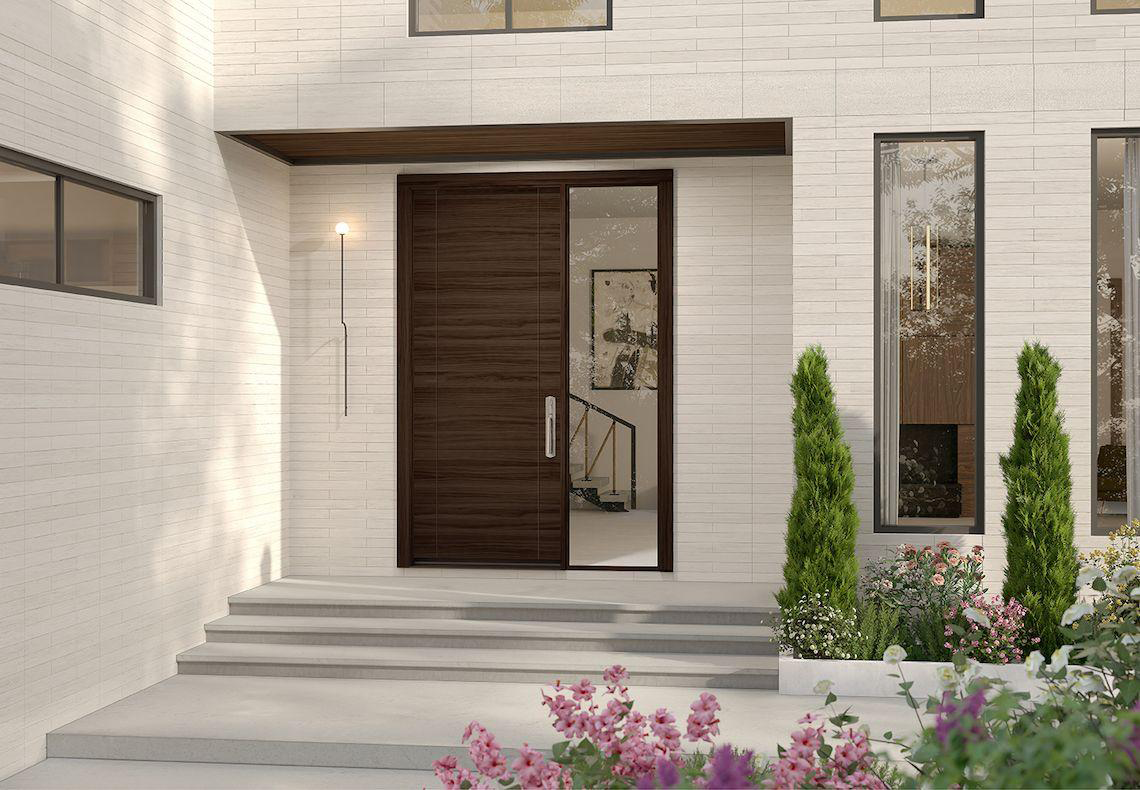
What to Look for When Choosing an Entrance Door?
Choosing the right entrance door is an essential decision for any homeowner. It’s not just about the look—it’s about security, energy efficiency, and durability. With so many options available, it can be overwhelming to decide which entrance door fits best with your home. Below, we break down the most important factors to consider when making your choice.
Security Features of Entrance Door
Your entrance door is the first line of defense against intruders, so security should be at the top of your list. When selecting an entrance door, look for one that has strong, durable materials. Steel or solid wood doors are often the best options for added security. You’ll also want to ensure the door has quality locks, such as deadbolts or multi-point locking systems, which provide extra protection.
In addition to locks, pay attention to the door’s frame and hinges. A well-built frame can prevent the door from being easily forced open. Reinforced steel or cast aluminum doors often offer added strength. Don’t forget to check if the door includes security features like peepholes or smart locks, which can further enhance your peace of mind.
Energy Efficiency and Insulation
An entrance door plays a significant role in your home’s overall energy efficiency. A poorly insulated door can let in drafts, making your house colder in winter and warmer in summer. This means your HVAC system has to work harder, which leads to higher energy bills.
Look for entrance doors that are ENERGY STAR® certified. These doors are designed with insulation in mind and can help maintain a comfortable indoor temperature all year round. Insulated doors, whether made of cast aluminum or steel, usually have a foam core that provides excellent thermal resistance. Also, pay attention to the door’s weather stripping and seals, which prevent air leaks and further improve energy efficiency.
Style and Design: Matching Your Home’s Aesthetic
Your entrance door is a key part of your home’s curb appeal. It’s one of the first things visitors notice, so it’s essential to choose a door that reflects your style and complements the rest of your home’s design. Entrance doors come in a variety of styles, including traditional, modern, rustic, and more.
Think about the material of the door, too. Wooden doors often give a classic and warm look, while steel or cast aluminum can offer a sleek, modern aesthetic. You can also personalize your entrance door with decorative glass panels, sidelights, and unique hardware. Consider the color and finish of the door to ensure it blends well with your exterior.
Choosing a door that matches the style of your home can boost its overall look and make a great first impression. Remember that the entrance door should not only fit the style but also be functional for your needs.
Cost vs. Value: What You Should Expect to Pay
When choosing an entrance door, the cost is an essential factor to consider. While you don’t want to overspend, it’s also necessary to recognize that the cheapest option may not always offer the best value. The price of an entrance door can vary widely depending on the materials, design, and features you choose.
For example, a basic steel door may cost less initially, but it might not provide the same level of insulation or aesthetic appeal as a higher-end cast aluminum or wood door. When comparing costs, also consider long-term benefits like energy savings, enhanced security, and curb appeal.
Expect to pay more for doors with higher-quality materials and advanced security features. However, investing in a durable, energy-efficient, and stylish entrance door can significantly increase the overall value of your home. Think of it as an investment in both your home’s security and its resale potential.
Trends in Residential Entrance Door
When it comes to residential entrance doors, trends are constantly evolving. Homeowners are looking for doors that not only provide security and privacy but also reflect their style. As the demand for innovation grows, new materials, designs, and technologies are reshaping how we think about the front entrance to our homes. Below, we explore some of the key trends in residential entrance doors.
Modern Designs and Materials
Modern entrance doors are all about clean lines, minimalist design, and innovative materials. Homeowners are moving away from traditional, ornate doors and opting for simpler, more contemporary options. These modern doors often feature large glass panels, sleek metal finishes, and smooth, seamless surfaces.
In terms of materials, cast aluminum is gaining popularity for its durability and lightweight nature. It can be molded into sleek, modern designs, making it a top choice for those looking for a contemporary look. Steel and fiberglass are also favored for their strength and energy efficiency. These materials are not only long-lasting but can be customized with various textures and finishes to suit different tastes.
The modern design of entrance doors emphasizes functionality and simplicity. Many doors now include hidden hinges, clean hardware, and large, unobstructed glass to allow natural light into your home while still maintaining privacy.

Intelligent Doors: The Future of Home Entrances
Smart home technology continues to make its way into every aspect of our lives, and entrance doors are no exception. Smart doors are becoming a common trend for homeowners who prioritize convenience and security. These doors come with built-in technology that allows for remote control, keyless entry, and enhanced security features.
For example, smart locks are a popular addition to entrance doors, offering features like fingerprint scanning, remote access via apps, and voice-activated entry through systems like Alexa or Google Assistant. Some smart doors even include cameras or video doorbells that allow homeowners to monitor their entrances and interact with visitors remotely.
Beyond just security, smart doors are now being designed for energy efficiency. Some smart doors can detect temperature changes, adjusting insulation or sealing gaps to minimize your home’s energy usage. This technology ensures that you not only have a high-tech entrance door but also one that helps keep your home comfortable and cost-efficient.
Eco-friendly Door Options
As sustainability becomes a bigger priority for homeowners, eco-friendly entrance doors are gaining traction. More and more people are looking for doors made from environmentally friendly materials that reduce their carbon footprint and contribute to energy efficiency.
One of the most popular eco-friendly materials for entrance doors is recycled wood. These doors not only offer a rustic, natural appearance but are made using sustainable practices. Cast aluminum, a lightweight and durable material, can also be a great option. It’s highly recyclable and can be reused multiple times, making it an environmentally friendly choice for homeowners.
In addition to materials, energy-efficient features are a significant trend in eco-friendly entrance doors. Insulated doors, designed to keep your home warm in winter and cool in summer, help to lower energy bills. Look for doors with double or triple glazing in their windows to further improve thermal performance. Doors that are ENERGY STAR® certified are also a great option, ensuring they meet strict energy efficiency standards.
These eco-friendly options not only benefit the environment but also improve your home’s overall comfort and energy savings. With the right choice of entrance door, you can create a stylish, sustainable, and efficient entryway for your home.
Relate FAQ
What is the most common type of door used for residential entrances?
The most common type of door used for residential entrances is a wooden door. It is valued for its natural aesthetic appeal, durability, and versatility in design. Wooden doors can be customized to fit various architectural styles and offer excellent insulation properties.
Are cast aluminum doors a good choice for residential entrance doors?
Yes, cast aluminum doors are an excellent choice for residential entrance doors. They offer superior durability, are resistant to corrosion, and provide good insulation. Cast aluminum doors also require less maintenance compared to wood, making them a practical and long-lasting option.
What are the benefits of using steel doors for residential entrances?
Steel doors are a popular choice due to their strength, security features, and energy efficiency. They are highly resistant to damage and provide enhanced protection against break-ins. Steel doors also have excellent thermal insulation properties, making them energy-efficient and cost-effective in the long run.
Can I use a glass door as a residential entrance door?
Glass doors are increasingly popular as residential entrance doors, especially in modern or contemporary homes. They allow natural light to flood the entryway, creating a welcoming atmosphere. However, it's essential to choose reinforced or tempered glass for added security and durability.
What materials are best for a secure residential entrance door?
The most secure residential entrance doors are typically made from steel or cast aluminum. These materials are resistant to forced entry and can be reinforced with additional security features, such as multi-point locking systems, smart locks, and impact-resistant glass.
How do I choose the right entrance door for my home?
When choosing an entrance door, consider factors like security, energy efficiency, design, and material. If security is a priority, steel or cast aluminum doors with reinforced locks are ideal. For aesthetic appeal, wooden or glass doors may be more suitable. Ensure the door complements the overall architecture of your home.
What are the maintenance requirements for residential entrance doors?
The maintenance requirements for residential entrance doors depend on the material. Wooden doors need regular staining or painting to protect them from weather damage. Cast aluminum and steel doors require minimal maintenance, typically just cleaning to maintain their appearance and function.
